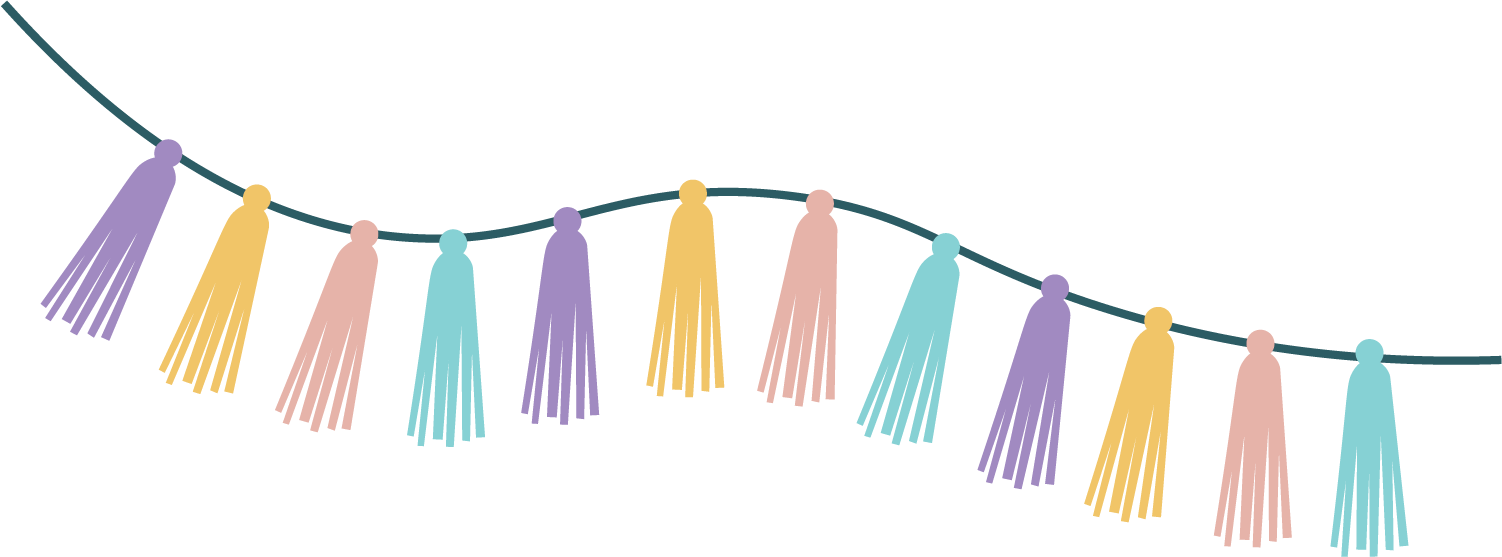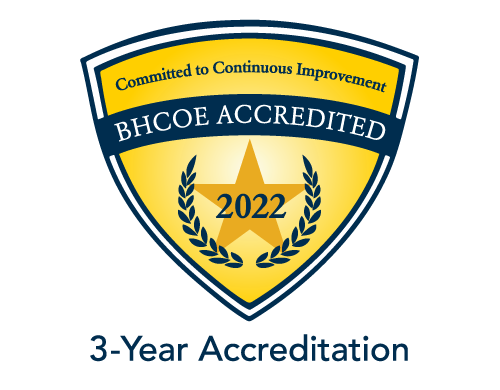
According to the CDC, one out of every fifty-four children in the United States has autism. Autism, or autism spectrum disorder, is a group of neurodevelopmental conditions that are characterized by differences in social interaction and communication.
While there isn’t a cure for ASD, there are a number of supportive therapies and other tools that can help to alleviate symptoms and help patients feel better. One type of therapy that is often used as an early intervention for autism is Applied Behavior Analysis therapy.
There have been studies that point to Applied Behavior Analysis therapy being beneficial to children with autism as well as other disorders. However, there are also some people who criticize the therapy. So, is ABA therapy harmful or is it safe and effective?
Let’s take a look at everything you need to know.
What Is ABA Therapy?
ABA therapy is considered by many experts to be the gold-standard treatment for children with autism spectrum disorder as well as a number of other developmental conditions. This type of therapy is also sometimes used in other conditions, including:
- Eating disorders
- Substance use disorders
- Dementia
- Cognitive impairment after brain injury
- Anger issues
- Anxiety and related conditions such as OCD, panic disorder, and phobia
- Borderline personality disorder
There are a number of different forms of ABA. However, each form is centered around the idea that kids will repeat behaviors that are reinforced. There have been a number of studies that show the efficacy of ABA therapy, but there are also some myths and controversies surrounding the topic.
How Does ABA Therapy Work?
The process of undergoing ABA therapy consists of a number of different phases. These phases allow for an outcome where your child’s specific needs are met.
The first phase includes consultation and assessment with a therapist that is trained in this type of therapy. The consultation process for ABA therapy is known as a functional behavior assessment.
During this meeting, you will have the chance to talk about the abilities and strengths of your child as well as the things that tend to challenge them. They will also spend time with your child to observe their skills, communication level, and behavior.
Once the therapist has initially met with you and your child, they will make a formal therapy plan. The plan will be created in order to meet the needs of your child and help to achieve the treatment goals. The goals of this form of treatment are generally to reduce harmful or problematic behavior and improving skills (such as communication skills.)
A part of ABA therapy is that caregivers and parents are also trained in order to reinforce positive behavior. As the therapeutic process goes on, the therapist might choose to change their approach depending on how your child is responding to different interventions.
Over time, the therapist will continuously monitor your child’s progress and look at which strategies are most successful.
What Are the Goals of ABA Therapy?
Each child will have different goals of ABA therapy depending on their needs. However, some of the most common results that children experience after visiting an ABA therapist are improved communication skills, showing more interest in the people around them, and having more focus at school. On top of that, they often have fewer tantrums or outbursts, reduce or stop self-harming behaviors, and learn to ask for things they want with clarity and specificity.
Is ABA Therapy Harmful?
While there are many proponents of ABA therapy, there is also some controversy surrounding the subject.
One such criticism of ABA therapy is that it’s too tough on kids. The notion is that the therapists are overly demanding taskmasters in a way that is repetitive and impersonal.
However, this really isn’t the case. Most therapists who do ABA therapy are specifically trained to be fun and super animated. These days, most ABA therapists and programs are play-based rather than using the DTT format where a child sits at a table.
Another complaint about ABA therapy is that practitioners are too focused on eliminating problem behaviors rather than developing skills. A part of this criticism has to do with a sense that this form of therapy tries to make autistic individuals indistinguishable from their non-autistic peers.
Proponents of ABA therapy say that this therapy has a goal of enabling independence rather than taking away the neurodiversity of children. It’s not about trying to change the person, how they think, or how they feel. Instead, it is about behavioral change.
When ABA was first created, there was a sense that the goal was to help kids fit a typical ideal. However, the approach has become much more individualized. The specific needs and goals of each child are taken into account in order to make a custom program that best suits their needs.
Are You Looking for an ABA Therapist?
It’s perfectly natural to wonder “is ABA therapy harmful?” when you are considering treatment options for your child. However, it’s important to understand that many of the criticisms of the therapy are no longer particularly relevant to how ABA therapy is practiced.
At Dream Big Children’s Center, we believe that kids learn best when they’re having fun and when they’re motivated. We use ABA principles as a part of our early intervention services. Performed in a play-based, naturalistic format, our focus is to help your child achieve significant growth while having a great time along the way.
One of the most important things when it comes to success with ABA therapy is early intervention. If you’re looking for an ABA therapist for your child, contact us today.


